Summary:
In the packaging, printing, and decoration materials industry, the performance of hot stamping foil (hot stamping film) slitting machines directly determines the quality, production efficiency, and cost of the final product. From a traditional perspective, slitting machine performance often focuses on a single parameter such as speed and accuracy. However, in modern manufacturing, "efficiency" is the concentrated embodiment of availability, reliability, maintainability and comprehensive support capabilities. This article will discuss how to upgrade the hot stamping foil slitting machine from a simple "processing equipment" to an "efficiency cornerstone" to ensure stable production for customers through the concept and method of reliability system engineering.
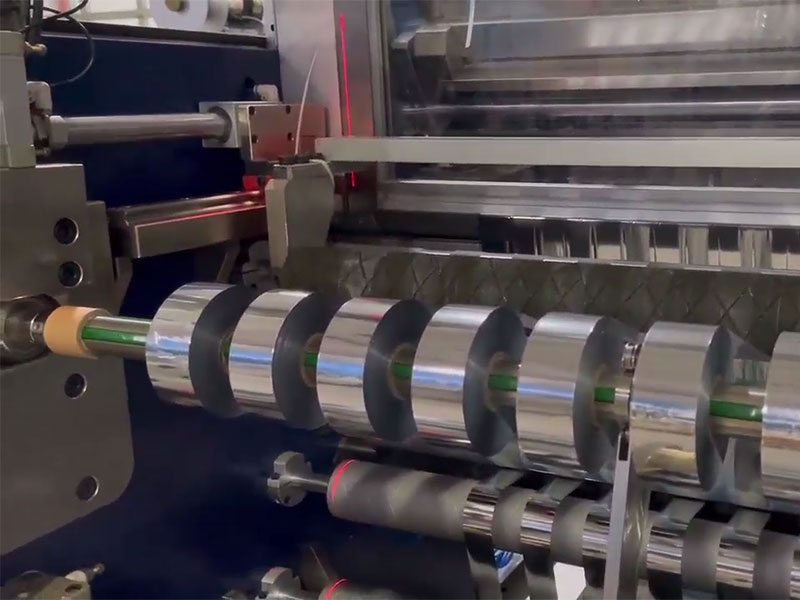
1. Introduction: Why is reliability the "efficiency cornerstone" of hot stamping foil slitting machine?
The value of the hot stamping foil slitting machine lies not only in its purchase cost but also in its comprehensive use cost throughout its life cycle. An unexpected downtime, a micron-level accuracy deviation, can lead to the scrapping of entire rolls of expensive material, delays in order delivery, and loss of customer reputation.
• High-Value Materials: Electroized aluminum is inherently valuable, and any mistakes in the slitting process can be costly.
• Continuous production requirements: Downstream enterprises often need to supply materials continuously and consistently, and downtime means production line interruption.
• Quality Consistency Challenges: The width, tension, and flatness of the reel directly affect the yield of subsequent hot stamping/molding processes.
Therefore, the reliability of the slitting machine has become the fundamental determination of its comprehensive efficiency. It is not an afterthought, but a system engineering that starts from the design source and runs through the entire process of manufacturing, installation, operation and maintenance.
2. The core connotation of reliability system engineering
Reliability system engineering is a comprehensive technology and management system, the core of which is: "design determines inherent reliability, management ensures reliability". For the hot stamping foil slitting machine, it mainly includes the following dimensions:
1. Reliability
◦ Target: The time for trouble-free continuous operation under the specified slitting speed, tension range, and accuracy requirements.
◦ Method: selection and derating design of key components (such as spindles, bearings, precision guide rails, and tools); Potential risk identification and prevention based on FMEA (Failure Mode and Effects Analysis); Reliability Estimate & Distribution.
2. Maintainability
◦ Goal: Enables quick and easy restoration of equipment functionality when it fails or requires maintenance.
◦ Method: Modular design (e.g., quick-change tool holder module, tension control system); Humanized design (sufficient maintenance space, clear signage, convenient debugging interface); Predictive maintenance interfaces (vibration, temperature sensors).
3. Testability
◦ Objective: Enables convenient and accurate diagnosis of equipment status and fault location.
◦ Method: Integrate intelligent diagnosis system to display the status of each unit, alarm history and fault code in real time through HMI (human-machine interface); Self-diagnostic procedures are available.
4. Guarantee
◦ Objective: Provide comprehensive resources and support for the continued operation of the equipment.
◦ Method: Provide detailed technical documentation, training system, spare parts supply chain support, and remote technical support platform.
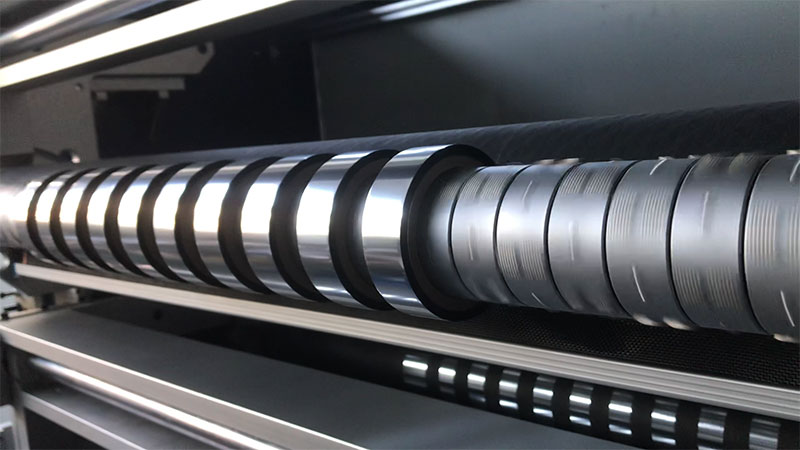
3. The practice of the whole life cycle of the hot stamping foil slitting machine
1. Design and development stage: Establish the reliability gene
• FMEA Applications:
◦ Systematic analysis of the core system of the slitting machine (unwinding, traction, slitting, winding, tension control, and correction).
◦ For example, analyze the failure mode of "uneven rewinding", which may be caused by tension fluctuations, material deviation, deformation of the expansion shaft, etc. Fundamentally prevent it through design optimization (e.g., closed-loop tension control, high-precision guidance system, high-rigidity materials).
• Robustness Design:
◦ Finite element analysis is used to optimize the frame structure to ensure high rigidity and low vibration, providing the basis for long-term accuracy stability.
◦ Servo motors and precision reducers are used for key moving parts to ensure the accuracy and repeatability of control.
2. Manufacturing and assembly stage: Achieve reliability
• Supply chain management: Establish strict supplier certification and quality inspection standards for core components (such as bearings, guide rails, servo drives, sensors).
• Process control: Formulate standard assembly processes, especially the control of key assembly accuracy such as the coaxiality of the spindle and the parallelism of the guide rail.
• Factory test: Not only no-load testing, but also simulating actual working conditions, long-term continuous operation testing, and accuracy verification should be carried out.
3. Operation and maintenance phase: maintain and improve reliability
• Predictive Maintenance:
◦ By installing sensors at key positions such as spindles and bearing housings, vibration and temperature trends are monitored, potential faults can be warned in advance, and "post-maintenance" is changed to "pre-maintenance".
• Digital O&M:
◦ Collect equipment operation data (operating time, downtime, alarm statistics, etc.) through the IoT gateway to form a device health profile and provide data support for optimizing maintenance plans and next-generation product design.
• Knowledge Management and Training:
◦ Establish a complete customer training system to ensure that operation and maintenance personnel can use and maintain equipment correctly to avoid reliability loss caused by human error.
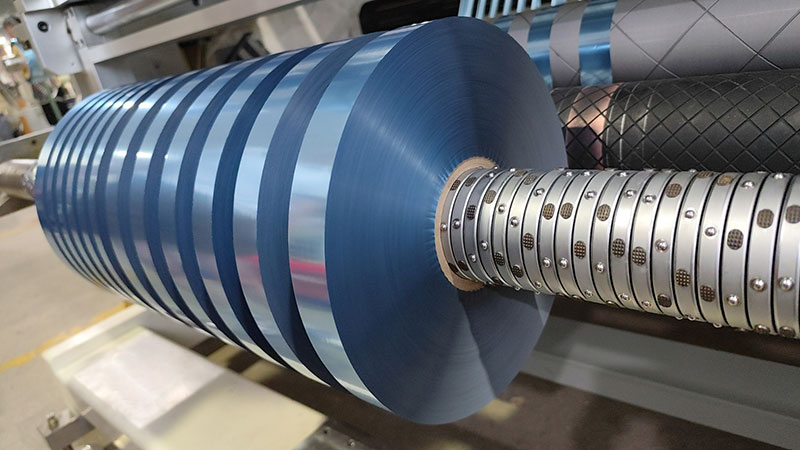
4. The core value brought by reliability improvement
1. Improve the overall benefits of customers:
◦ Higher equipment availability: directly increases the effective production time for customers.
◦ Lower lifecycle costs: Reduce maintenance costs, spare parts costs, and downtime losses.
◦ Better product quality: Consistent equipment performance ensures consistent and high quality of slitting materials.
2. Enhancing Manufacturers' Core Competitiveness:
◦ Build brand reputation: Reliability is the strongest proof of high-end brands.
◦ Reduced after-sales costs: Reduced field service and spare parts claims.
◦ Drive product innovation: Continuously improve and iterate on products through reliability data feedback.
5. Conclusion
Hot stamping foil slitting machines have evolved from traditional mechanical products to complex systems integrating mechanical, electrical, software, and sensing technologies. In this context, focusing on a single performance indicator is no longer enough. By introducing and implementing reliability system engineering, integrating reliability, maintainability, testing, and assurance into the product's genes, manufacturers can truly deliver a solid "performance cornerstone" to customers. This is not only a technological upgrade, but also a fundamental shift in business philosophy from "selling products" to "providing value", which is a key path to building lasting advantages in the fierce market competition.
I hope this detailed framework will support you. If you need to go into depth about any of these parts (e.g. FMEA's specific case, system architecture for predictive maintenance), I am always available to provide you with more details.



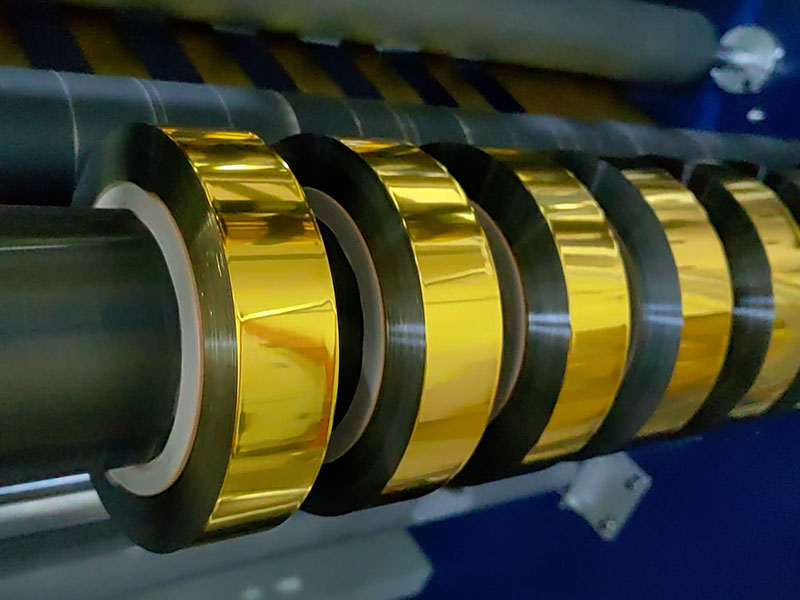
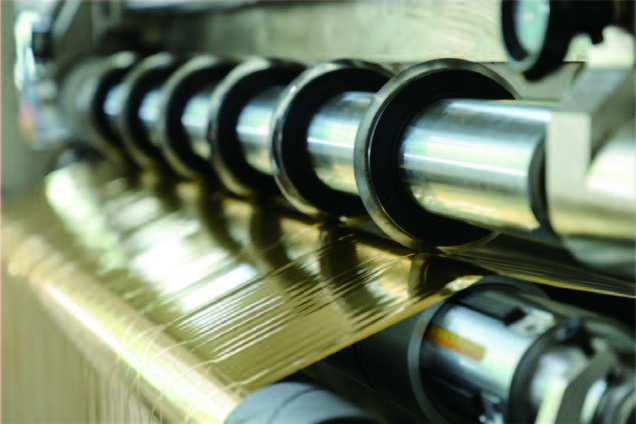
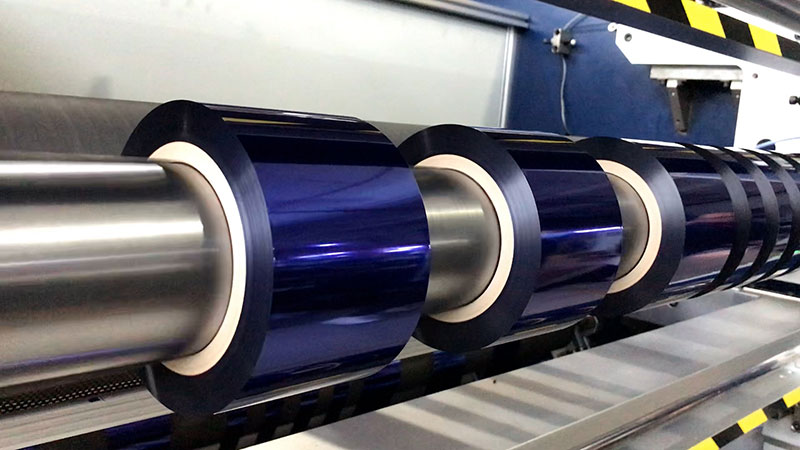
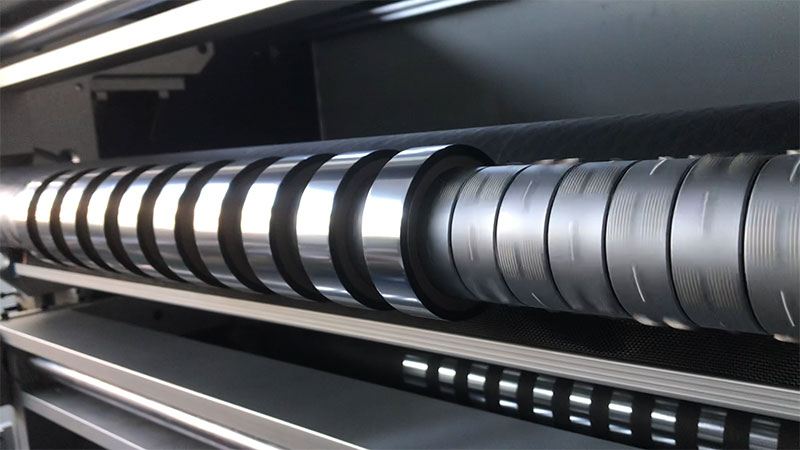
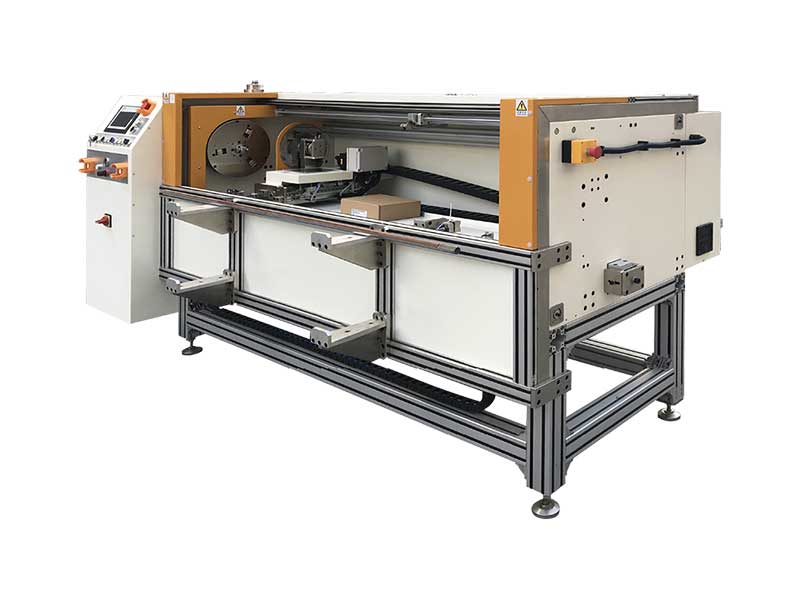 Automatic Foil Roll Cutting Machine
Automatic Foil Roll Cutting Machine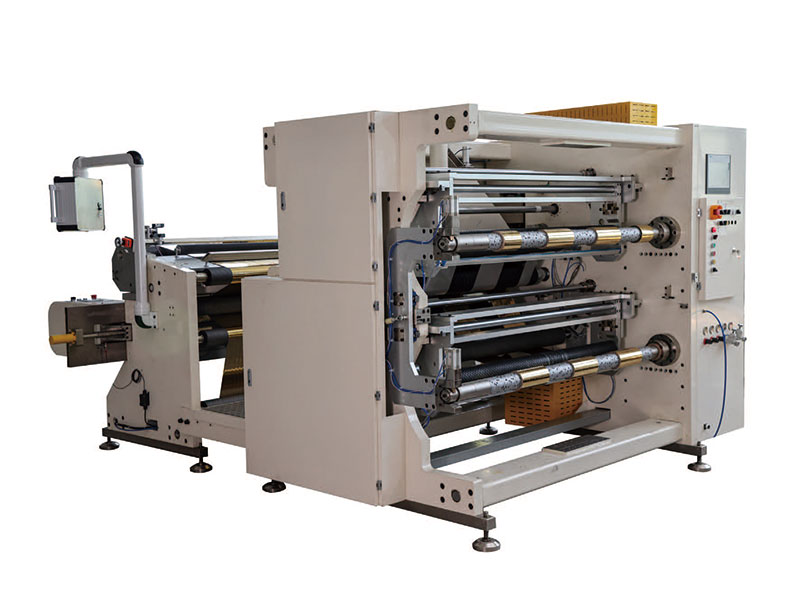 1400mm Hot Stamping Foil Slitting Machine
1400mm Hot Stamping Foil Slitting Machine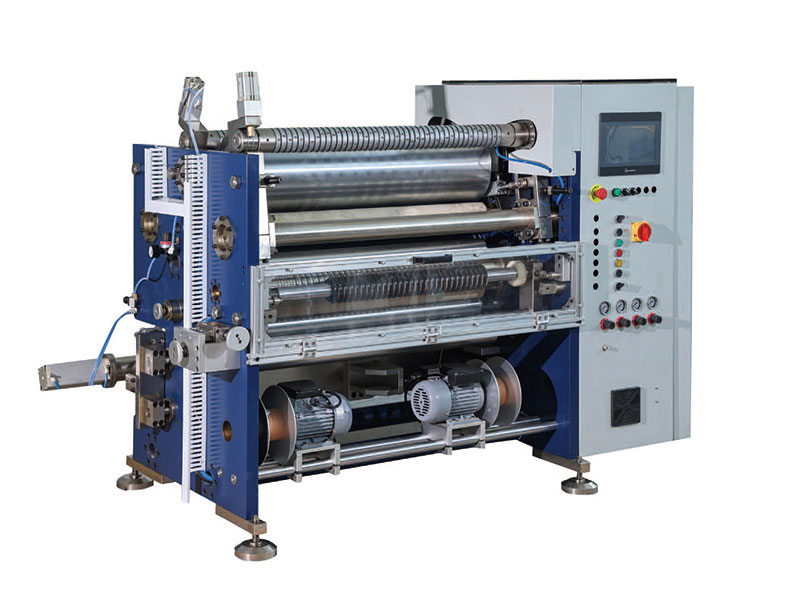 800mm Hot Stamping Foil Slitting Machine
800mm Hot Stamping Foil Slitting Machine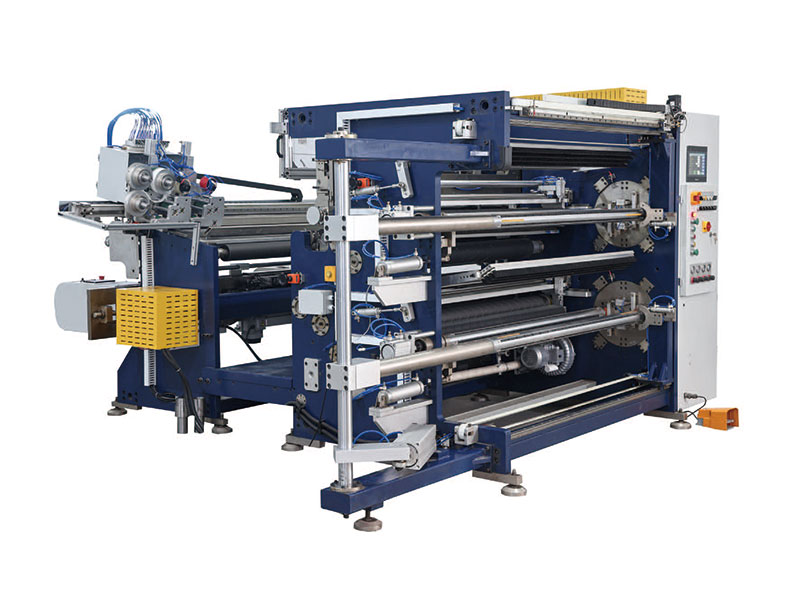 1350mm Hot Stamping Foil Slitting Machine
1350mm Hot Stamping Foil Slitting Machine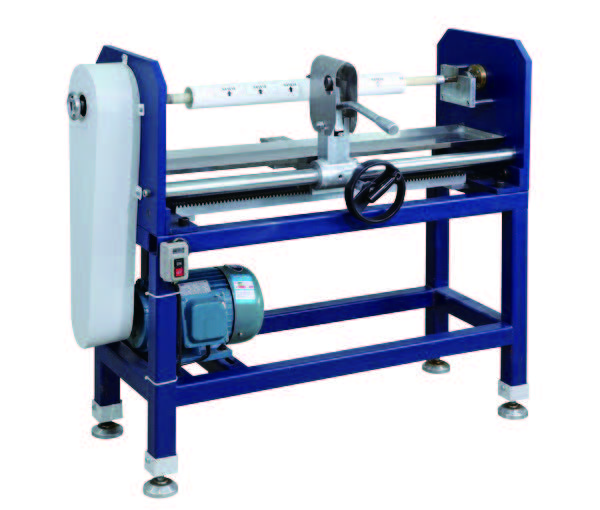 Manual Foil Roll Cutting Machine
Manual Foil Roll Cutting Machine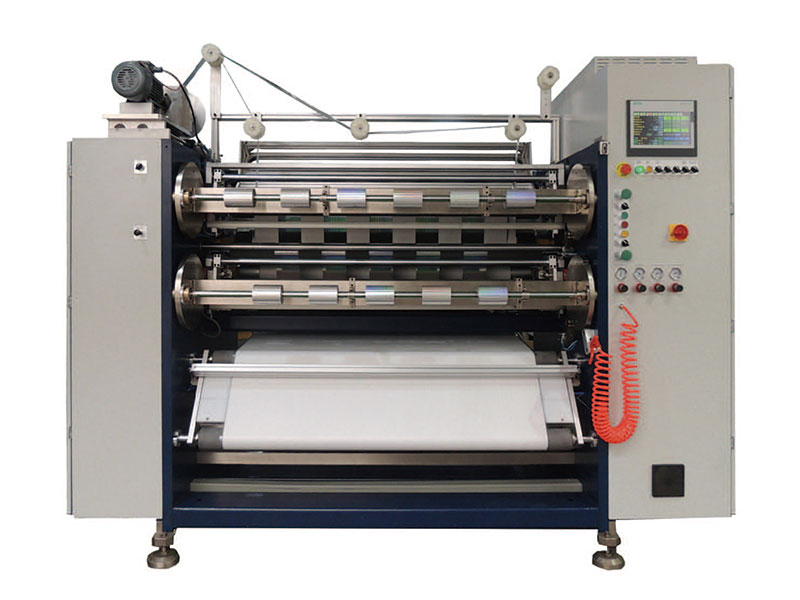 1350mm/1600 Foil Slitting Machine
1350mm/1600 Foil Slitting Machine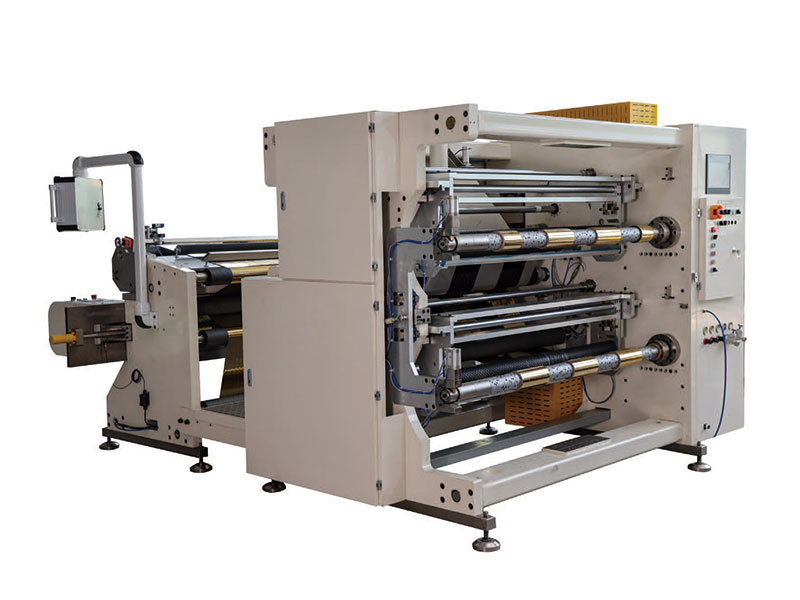 1400mm Aluminium Foil Slitting Machine
1400mm Aluminium Foil Slitting Machine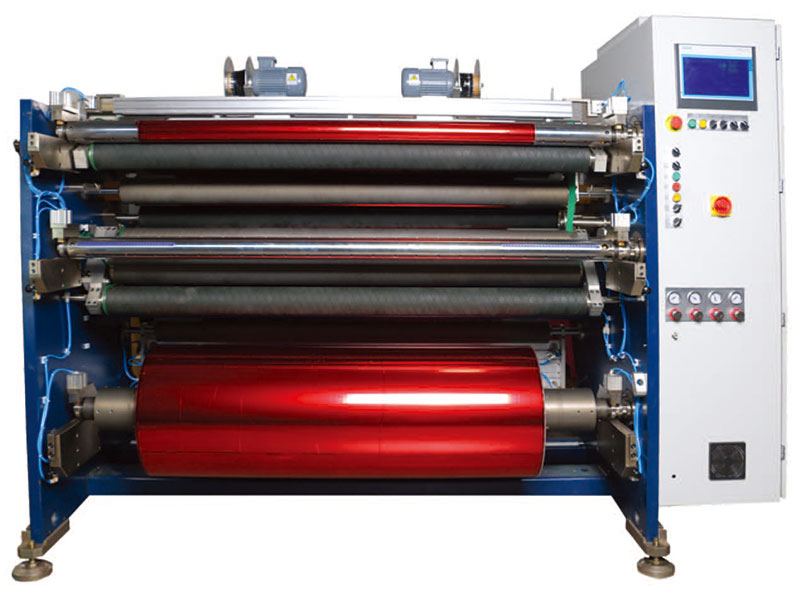 1600mm Foil Slitting Machine
1600mm Foil Slitting Machine

